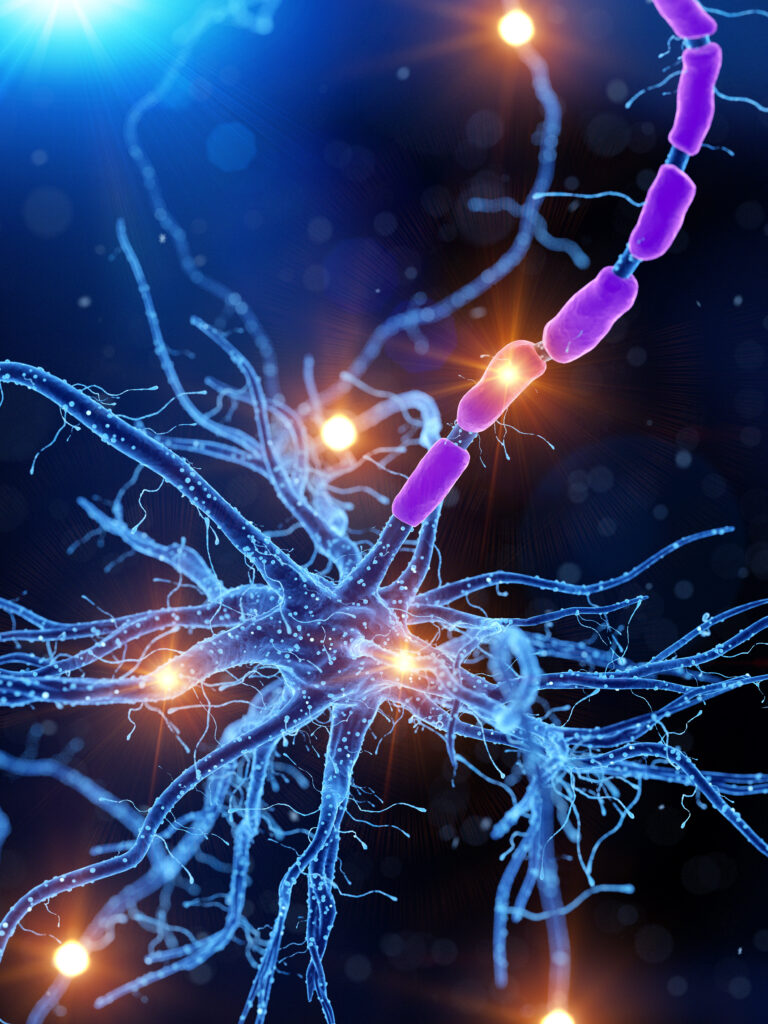.
Chemical peels are a popular cosmetic treatment that have been used for centuries to improve the appearance of skin. From ancient civilizations to modern-day skincare routines, chemical peels have stood the test of time as an effective way to rejuvenate and revitalize the skin.
So, what exactly are chemical peels? In simple terms, they are a treatment where a chemical solution is applied to the skin to exfoliate and remove the top layers. This process reveals new, healthier skin and can improve the appearance of fine lines, wrinkles, acne scars, and discoloration. But there is much more to chemical peels than just a surface-level rejuvenation.
The History of Chemical Peels
The use of chemical peels dates back to ancient Egypt, where ingredients such as sour milk (lactic acid) and wine (tartaric acid) were used to improve skin texture and appearance. In the Middle Ages, vinegar was used for its exfoliating properties, and in the 19th century, phenol (carbolic acid) was discovered and became a popular ingredient in chemical peels.
However, it wasn’t until the 1950s that modern chemical peels were developed. Dermatologists began using trichloroacetic acid (TCA) and glycolic acid (AHA) for their rejuvenating effects on the skin. These treatments were further refined over the years, and today, a variety of chemical peels are available for different skin concerns and types.
How Do Chemical Peels Work?
Chemical peels work by causing controlled damage to the top layers of skin, which triggers the body’s natural healing process. The depth and strength of the peel will determine how much damage is done and how long the recovery process will take. Generally, the stronger the peel, the longer the recovery time.
During a chemical peel treatment, the skin is first cleansed and then the chemical solution is applied. The type of peel and the length of time it is left on the skin will depend on the individual’s skin concerns and goals. The solution is then neutralized and removed, and a soothing cream or ointment may be applied to the skin.
Types of Chemical Peels
There are three main types of chemical peels: superficial, medium, and deep. The depth of the peel will determine the strength of the chemical solution used and the results that can be expected.
– Superficial peels: These peels use mild acids such as alpha-hydroxy acids (AHAs) to gently exfoliate the top layer of skin. They are suitable for treating minor skin concerns such as fine lines, uneven texture, and discoloration. Superficial peels require little to no downtime, and multiple treatments may be needed for optimal results.
– Medium peels: Medium peels use stronger acids such as trichloroacetic acid (TCA) to penetrate deeper into the skin and treat more severe concerns such as moderate wrinkles, acne scars, and pigmentation. These peels have a longer recovery time, usually about a week, but can provide more noticeable results after just one treatment.
– Deep peels: Deep peels use the strongest acids, such as phenol, to penetrate deep into the skin and treat significant concerns such as deep wrinkles and scars. These peels require the longest recovery time of all, around two weeks, but can produce dramatic results in just one treatment.
Benefits of Chemical Peels
Chemical peels offer numerous benefits for the skin, making them a popular choice for those looking to improve their complexion. Some of the key benefits include:
– Improved skin texture and tone: Chemical peels can help smooth out rough skin texture and even out skin tone for a more youthful appearance.
– Reduced appearance of wrinkles and fine lines: By removing the top layer of skin, chemical peels can help reduce the appearance of fine lines and wrinkles, giving the skin a smoother, more youthful look.
– Lightened dark spots and hyperpigmentation: Chemical peels can target areas of hyperpigmentation and dark spots, helping to even out skin tone and reduce the appearance of sun damage.
– Reduced acne and acne scarring: Superficial and medium peels can help unclog pores and reduce the appearance of acne, while deeper peels can help improve the appearance of acne scars.
– Boosted collagen production: Chemical peels stimulate collagen production, which helps to plump up the skin and improve its elasticity, resulting in a more youthful and firm appearance.
Possible Risks and Side Effects
While chemical peels are generally safe, there are some potential risks and side effects to be aware of. These may include:
– Redness and irritation: After a chemical peel, it is normal for the skin to be red and slightly irritated. This should subside within a few days.
– Peeling and flaking: As the skin heals and regenerates, it may peel and flake. This is a normal part of the process and should not be picked or scrubbed off.
– Sensitivity to the sun: After a chemical peel, the skin may be more sensitive to the sun. It is important to wear sunscreen regularly and avoid prolonged sun exposure.
– Infection: If proper aftercare instructions are not followed, there is a risk of infection. It is essential to keep the treated area clean and follow any instructions given by the treating professional.
Ending on a Novel Note
Chemical peels have been a staple in skincare routines for centuries, and their popularity continues to grow as more advanced techniques and ingredients are developed. From ancient civilizations to modern-day innovations, chemical peels have proven time and time again to be an effective way to improve the appearance of skin.
So, whether you’re looking to reduce fine lines and wrinkles, improve skin texture and tone, or address specific concerns like hyperpigmentation and acne scars, a chemical peel may be the solution for you. With different types and strengths available, there is a chemical peel suitable for everyone, and the results can be truly transformative.
But remember, as with any cosmetic treatment, it is essential to do your research and consult with a qualified professional before undergoing a chemical peel. When done correctly and safely, a chemical peel can help you achieve your skin goals and leave you feeling confident and rejuvenated.

